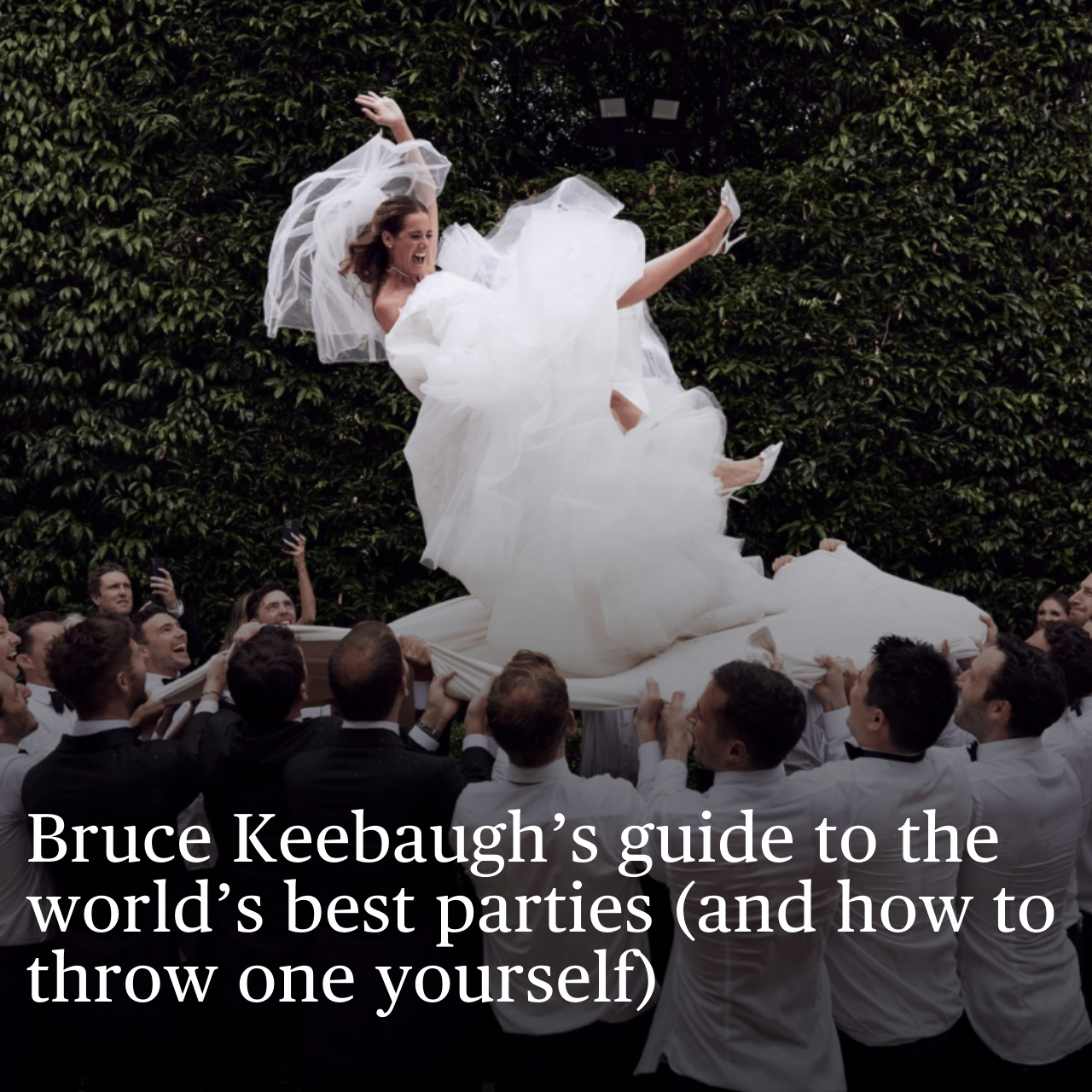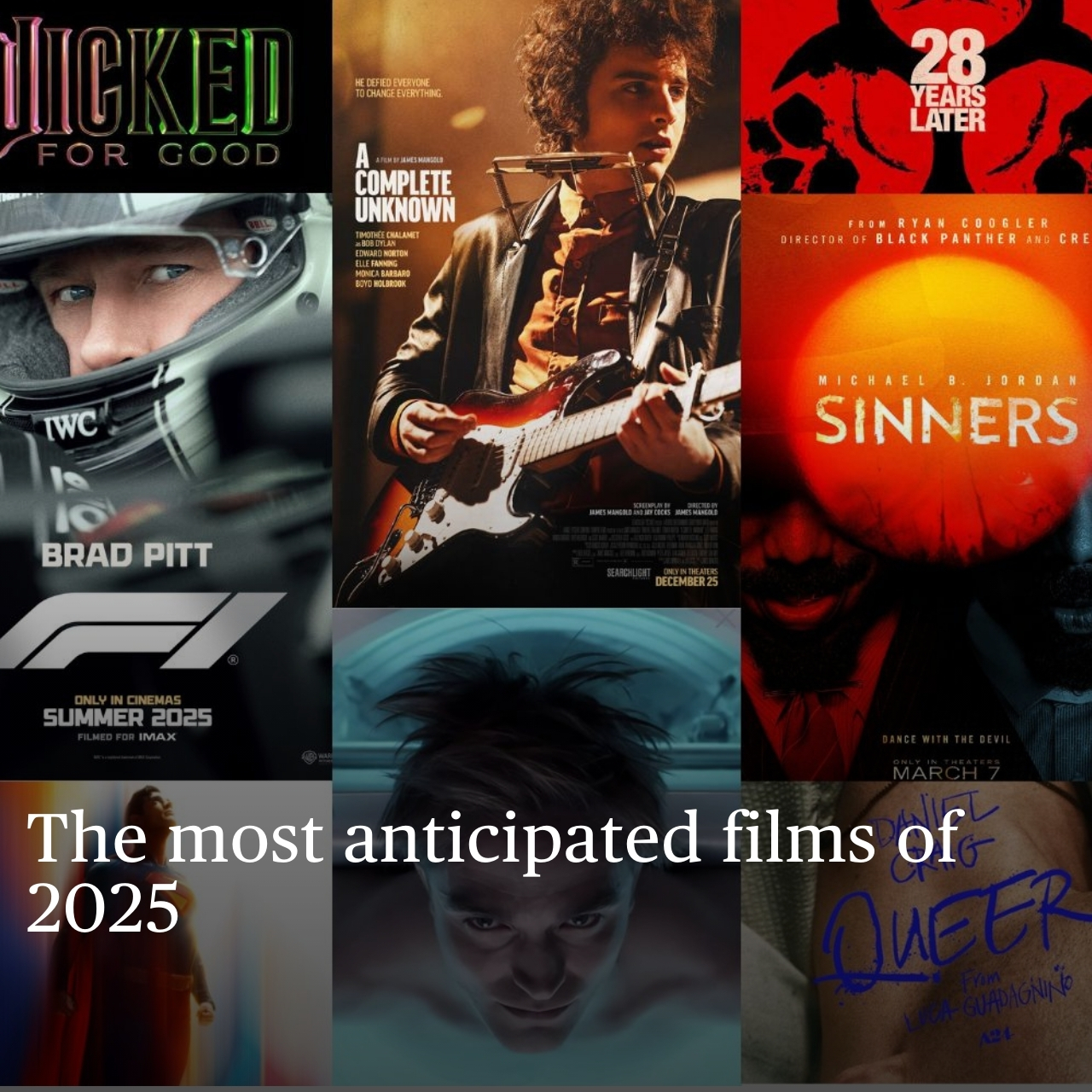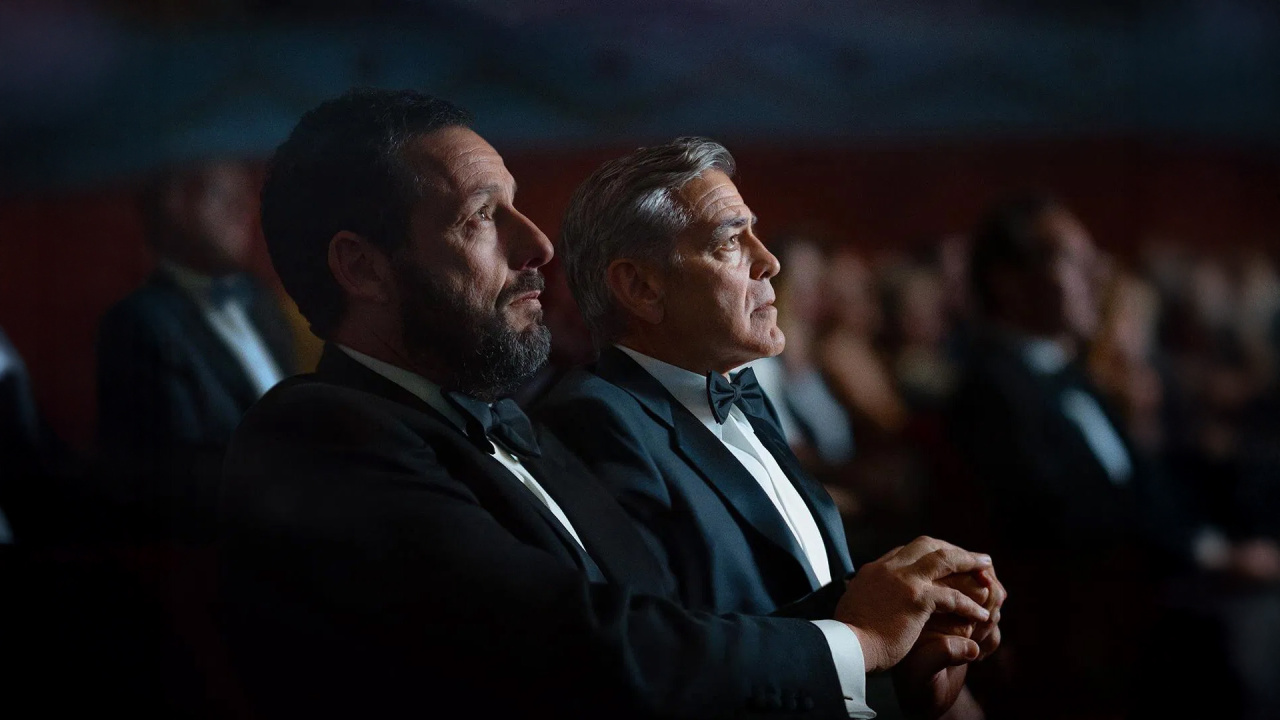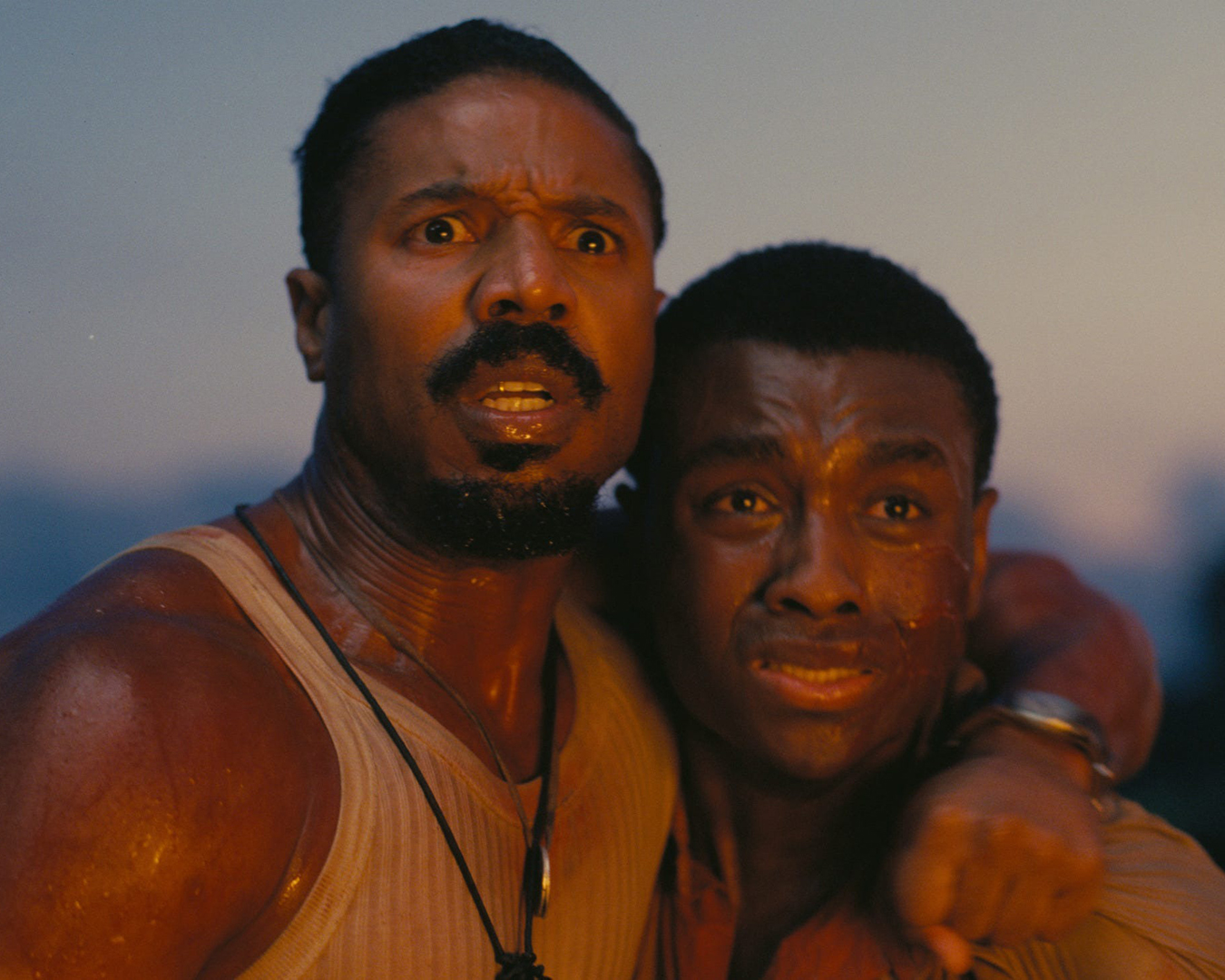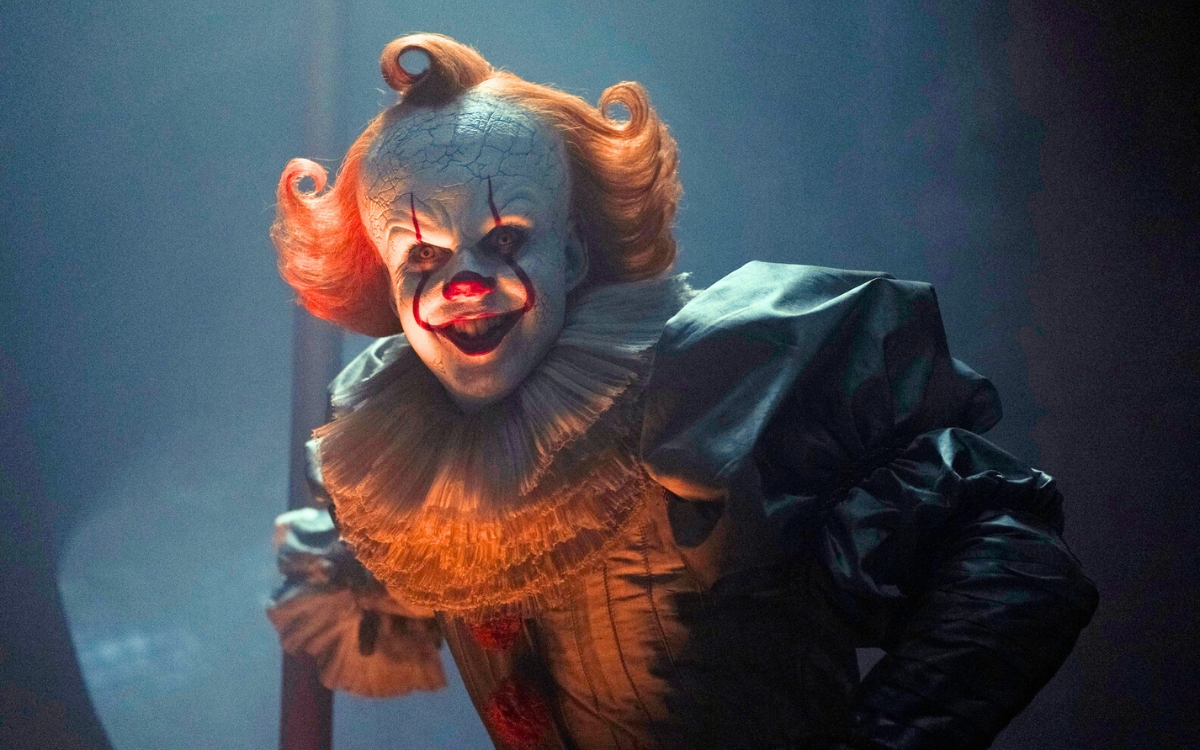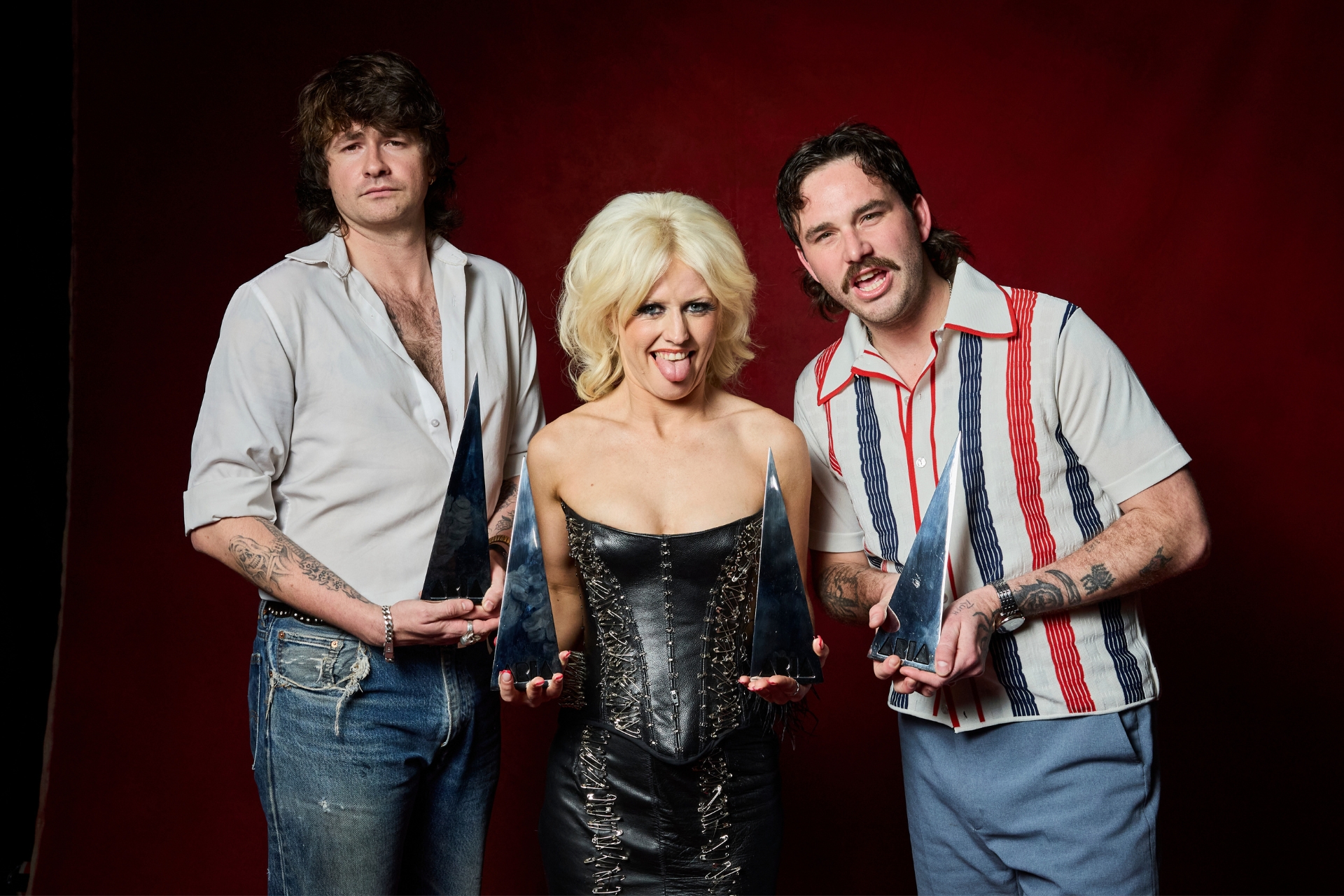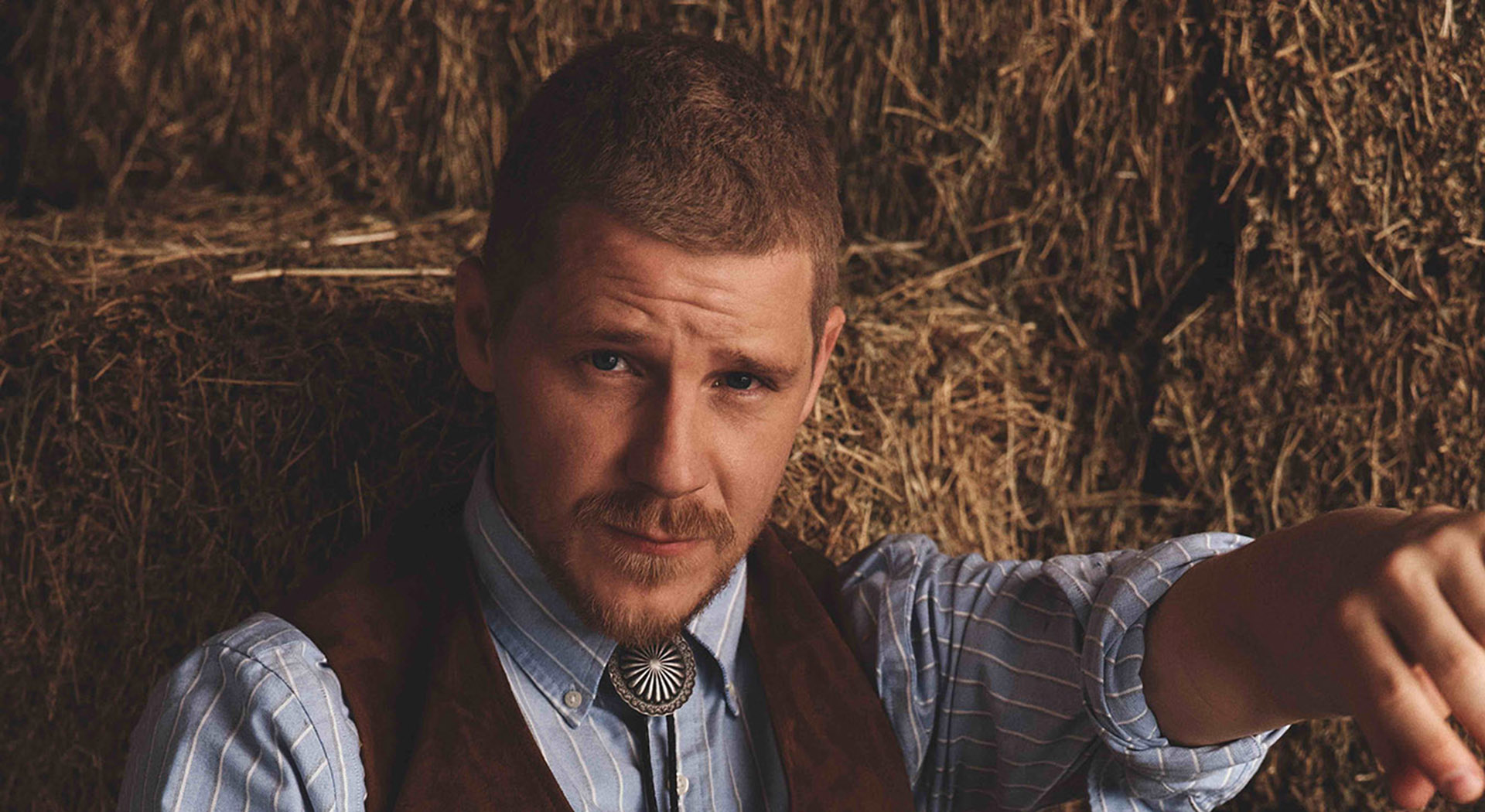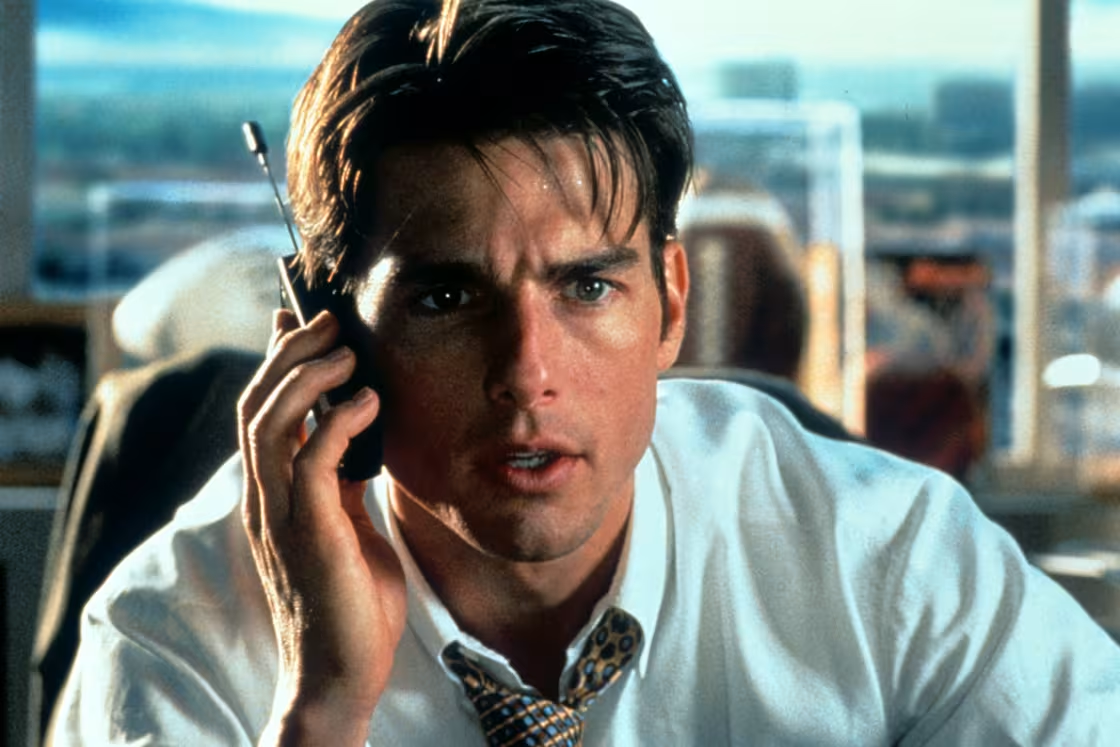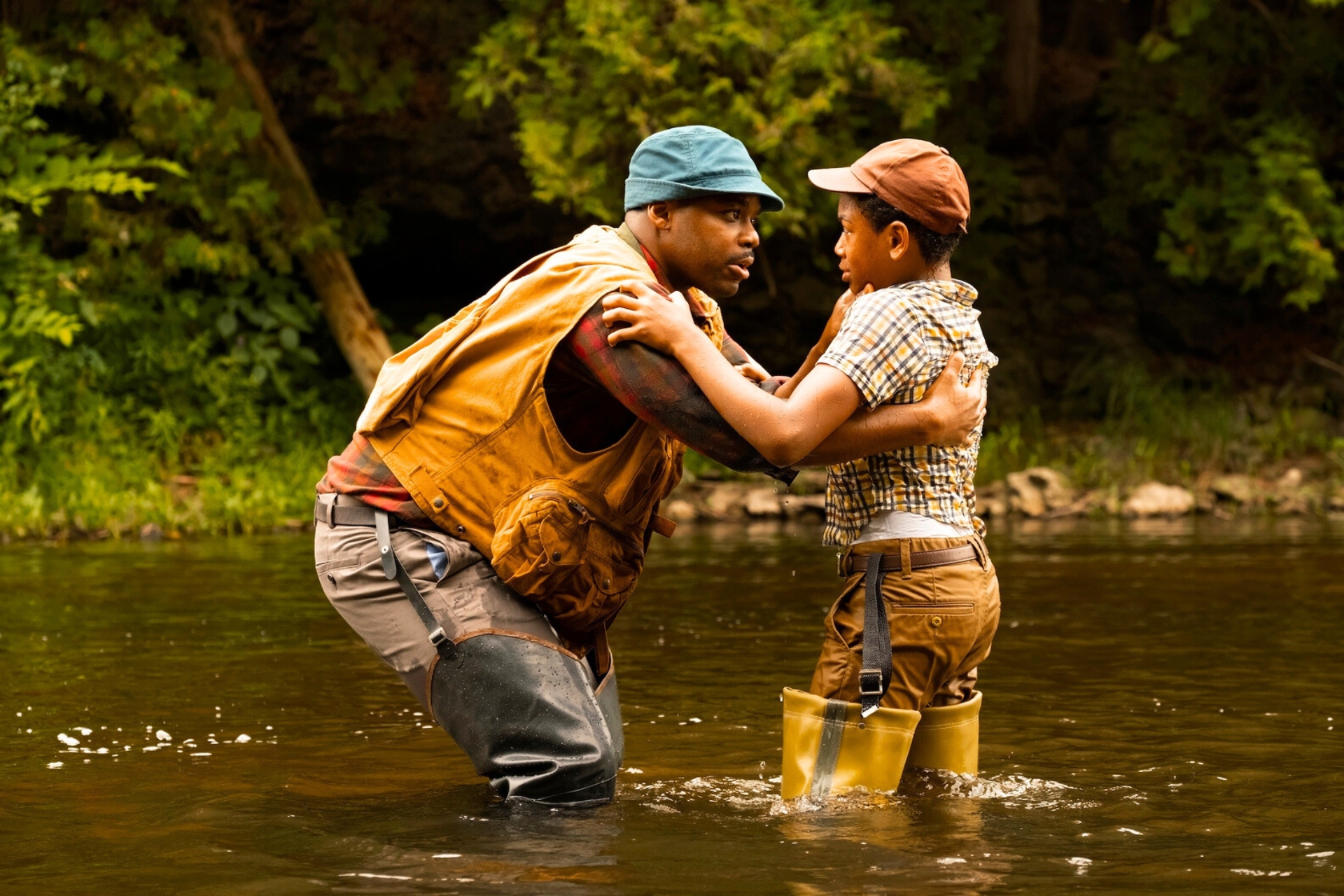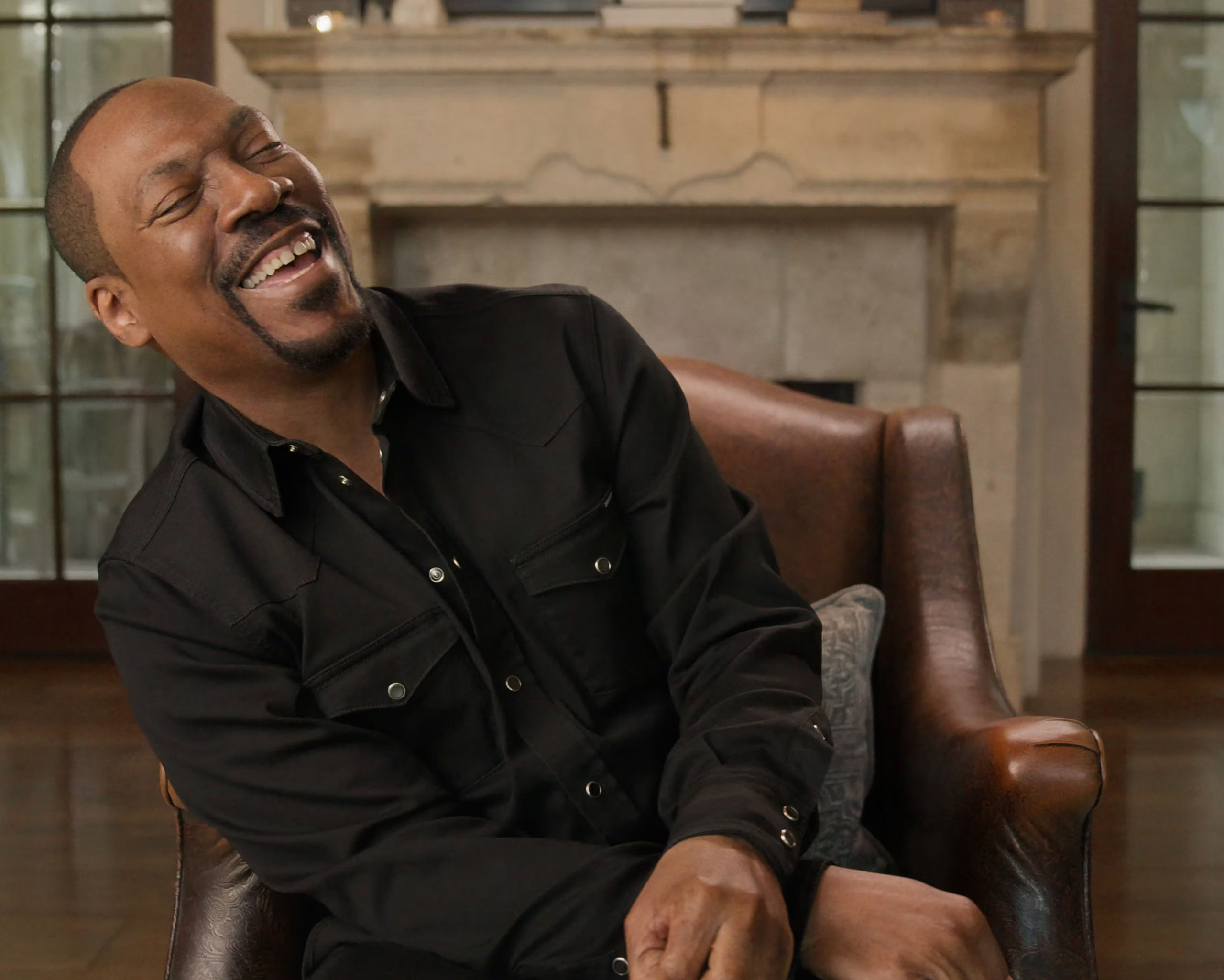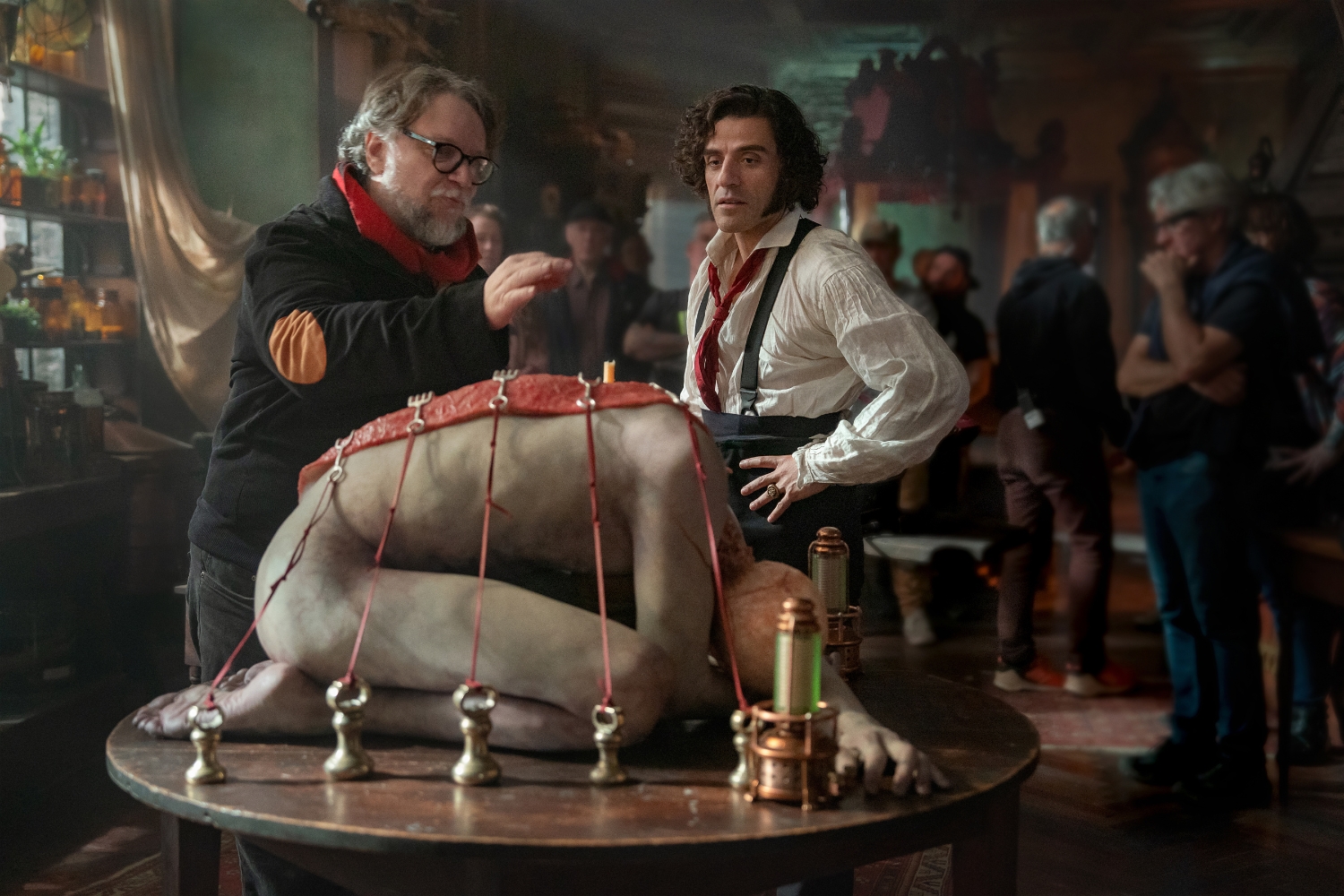“At the expense of accuracy I just went for playfulness”: Michael Cera on his first Wes Anderson film
The 36-year-old actor makes his debut in the Wes Anderson cinematic universe with 'The Phoenician Scheme'. Speaking to Esquire from the Cannes Film Festival, he discusses creating his character's mannerisms and Anderson's love of a corduroy suit
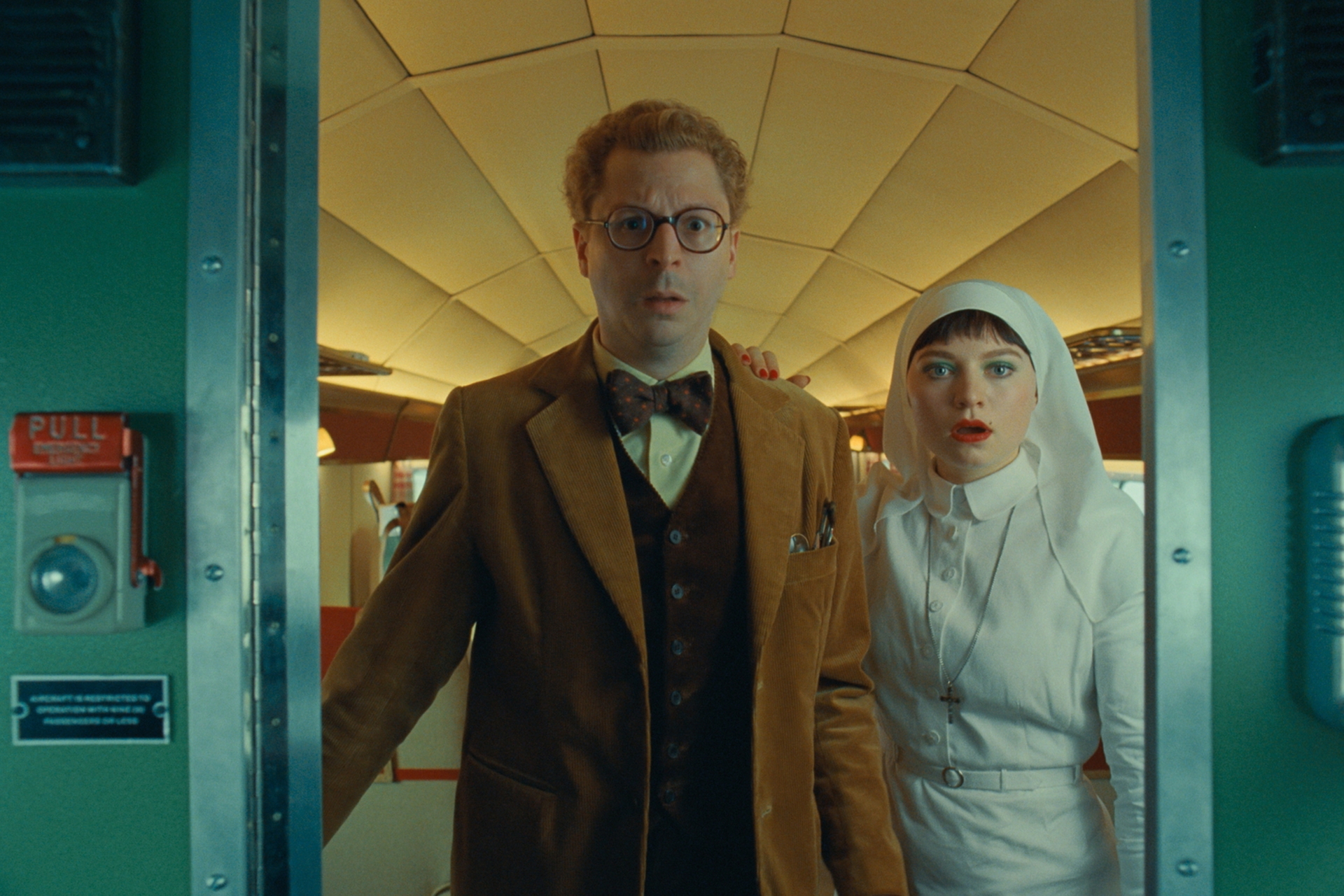
HAS MICHAEL CERA not been in a Wes Anderson movie? This is something I should’ve triple-checked before I was about to jump on a call with him from the Cannes Film Festival to talk about his new film, The Phoenician Scheme.
This is the man, then a boy, who played George-Michael Bluth in Arrested Development, after all. There, in the early-2000s, a teenaged Cera learned the intricacies of American deadpan humour from his onscreen family of Jason Bateman, Will Arnett, and Jessica Walter. Or maybe it was his connection to actor Jason Schwartzman, a frequent Anderson collaborator, who Cera worked with in Scott Pilgrim vs. The World (2010), that made it seem like the actor had inhabited the Texan director’s very particular milieu before this.
Sensibility and perhaps wistful side-long glances aside, though, teenage twitchiness in art-y films has long been Cera’s onscreen calling card, making a creative outing between the pair seem destined years ago. Cera’s first role in an Anderson flick would’ve been in 2023 for Asteroid City – his schedule at the time didn’t permit. Then came an offer you make the time for: Anderson wrote a role specifically for Cera. Now, at 36, Cera makes his Anderson debut in the three-hander adventure film with Benicio del Toro and Mia Threapleton where he plays Björn Lund, a bug-eyed Norwegian entomologist who loves beer and is tutor to del Toro’s Zsa-Zsa Korda, a wealthy mid-century European industrialist, and his seven sons.
We chat to Cera a day before the film’s premiere and photocall with the ensemble cast – Benedict Cumberbatch, Bill Murray, Rupert Friend, and Jeffrey Wright, among them. Wearing a white camp collar shirt and thick acetate shades for the Riviera sun, I’m still convinced this isn’t Cera’s first time in a competing title at the festival. Even as I ask him about building his character from the ground up, he’s at his most animated talking about working with his co-stars, director, and crew; speaking with his hands, his unbuttoned shirt cuffs flapping around.
Our conversation, which covers how he prepared to enter the WACU (Wes Anderson Cinematic Universe) and more, was edited and condensed.
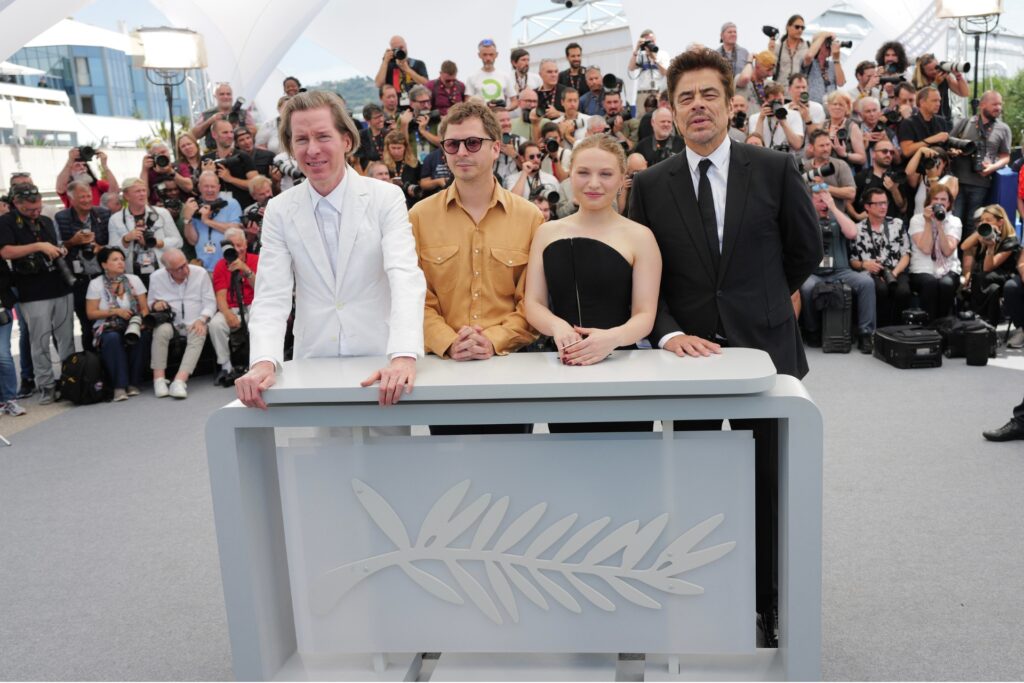
Esquire Australia: How’s Cannes going?
Michael Cera: I’m just starting, but it’s going well. It’s exciting to be here with this movie and I’m very excited to watch it with a big audience and see what people make of it.
EA: Have you been to Cannes before?
MC: I was here about 12 years ago with a movie called Magic Magic that played at [the Directors’] Fortnight here. But never like this. Never with a film that was in competition, and this big a part of the whole festival, so it’s a very different experience.
EA: I understand that Wes wrote the character for you. How did he approach you about Björn?
MC: He approached me initially just asking about my general availability in the later part of 2023, and I think he asked me that sometime around the beginning of the year. He said, ‘I’m writing something, will you be available?’ And I said, ‘Absolutely’. And then sometime later I saw the script.
EA: And you guys worked together in Björn’s characterisation. What informed your process with that? I mean, did you already know how to do a Norwegian accent?
MC: I did a sort of bad version at home for a while without worrying too much about the accent being right, but just to get a sense of the energy of the guy. I worked with a dialect coach on the accent and had some Norwegian friends record [themselves reading] the dialogue just to listen to particularities of pronunciation.
But at the end of the day, I wasn’t too bothered about being accurate with it so much as just making sure it was hitting the right note as far as the characterisation of it, the feeling of it, and the humour of it. At the expense of accuracy I just went for playfulness.
And we just found it slowly, we had a chance to rehearse. We did about two weeks of rehearsals with Benicio [del Toro], Mia [Threapleton], Wes and myself. And that was when we could really start putting the character on its feet and trying the voice, taking little chances in a very safe environment.
I think Wes was a little trepidatious at first about the accent because he hadn’t heard it in his head. [Laughs] So it was like a bit of a recalibration for him. But it was written as a Norwegian character, so we did have to figure it out. But then once we locked it in place, we ran with it. And then he started embracing the feeling of the guy.
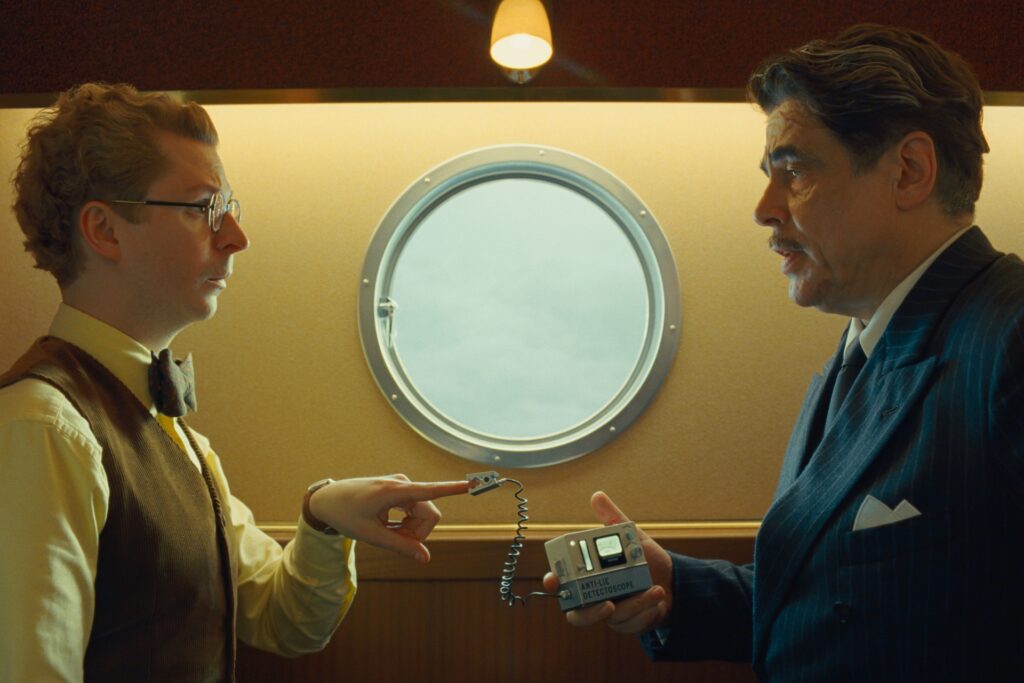
EA: I’m curious about what it’s like to prepare to be in a Wes Anderson film as a newcomer, because the direction is so specific from the dialogue, the intonation to the mannerisms.
MC: Well, I didn’t feel like the performances were highly crafted ahead of time in a prescriptive sense. Obviously everybody’s very familiar with Wes’ movies, but I didn’t want to come in with a preconceived notion that I had to behave in a certain way from what I’ve seen in his movies, because I feel like that would be limiting. So I was just trying to interpret the script, which is such a strong piece of writing, and bear in mind that Wes obviously has a very controlled aesthetic.
But I think the movie really sings when there’s chaos within that control, and I think the performances are where you can do that, have things be a little clumsy and a little shaggy juxtaposed with the austerity and the delicacy that Wes creates. I think that’s what really makes it work at its best for me. Trying not to be too neat about things was a personal goal going in.
EA: This is your first Anderson film. What was the first film of his that you watched?
MC: The very first film of his that I saw was The Royal Tenenbaums, which I saw in the theatre. I hadn’t seen Rushmore or Bottle Rocket at that time, but then afterwards I was very, very obsessed with him, especially Rushmore. That was very, very important to me in my formative years, like 15, 16 years old watching it repeatedly, loving it and just obsessing with the feeling that movie created, which was something so new, I think. And since then I was obviously just a huge disciple.
EA: I love Rushmore. I saw it at a similar age to the character Jason [Schwartzman] plays in the movie.
MC: Yes! Jason’s performance was [pleased look].
Then I had a chance to work with Jason years later [in Scott Pilgrim vs. The World]. And I think Jason’s spirit as a person and his humour is actually a huge part of Wes’ film DNA, I think. When Wes worked with Jason, I feel like they informed each other in a big way. There’s like a big symbiosis between those two and something magical came out of that, for sure.
EA: Totally. And before we wrap up, I noticed that Björn also joins the sort of Anderson tradition of orange-corduroy-suited characters.
MC: [Laughs] Is that true? I can’t picture anybody else wearing that.
EA: Well, I think of Fantastic Mr. Fox, Bill Murray in The Royal Tenenbaums . . .
MC: [Laughs] Yes, yes.
EA: And Wes, generally. I’ve seen so many photos of him in that same style of suit that you wear in the movie.
MC: It was built by Milena Canonero, who has built Wes’ costumes since The Life Aquatic with Steve Zissou. And she’s legendary, she started with [Stanley] Kubrick. So it was amazing getting your outfits built by her from the ground up. And I loved what she was doing with this look, there were three different coloured tones of suits and she would mix and match them. It was a joy to get to wear these things.
The Phoenician Scheme is out in Australian cinemas from May 29.
Related:





